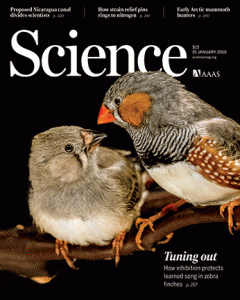
Science is reconsidering its plan to retract a paper about using RNA to make palladium nanoparticles after one of the authors submitted a last-minute correction.
Editor in chief Marcia McNutt told us that the journal will make a decision about whether to retract or correct the paper by February 5th.
We are not certain that what he submitted changes anything, but we wanted to consider this new information before acting.
In the meantime, today the journal issued an Expression of Concern for the paper.
The journal’s initial decision to retract the paper stemmed from an investigation at the National Science Foundation, which concluded that co-authors Bruce Eaton and Dan Feldheim — currently at the University of Colorado at Boulder — engaged in “a significant departure from standard research practices,” and cut them off from NSF funding unless they took specific actions. When the report on the investigation came to light earlier this month, Science editor in chief Marcia McNutt told us that she planned to issue a retraction:
We are checking to see how soon we can get it published.
McNutt explained what changed: Continue reading Can a journal retract its plan to retract? Science may

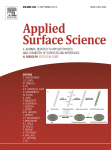
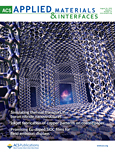




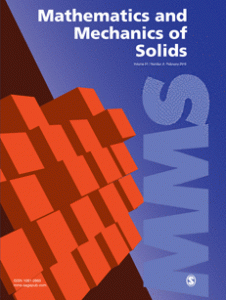

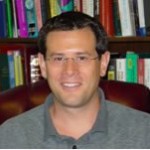
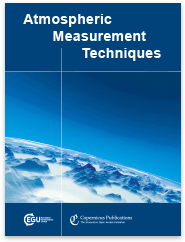 To climate scientist Pieter Tans, a “novel” air sampling device in a recent paper looked a little too familiar. Specifically, like a device that he had invented —
To climate scientist Pieter Tans, a “novel” air sampling device in a recent paper looked a little too familiar. Specifically, like a device that he had invented —